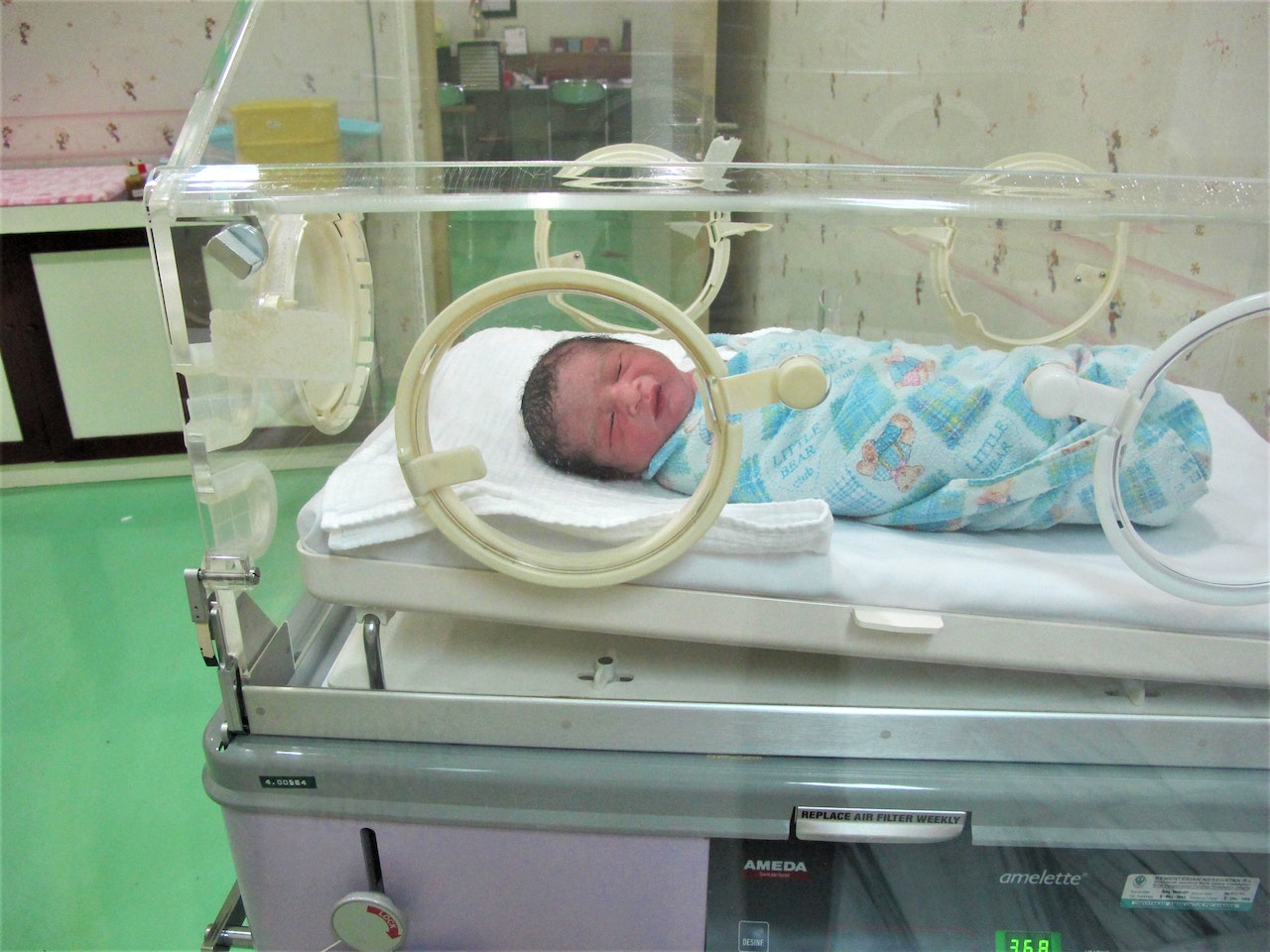Around 20% of all infant fatalities in the United States are because of birth injuries, making it the 4th leading cause of infant death. Though technology helps pregnant moms and healthcare professionals plan and manage safe and accurate labor and aftercare, trauma incidents to the child are still pretty common. While many of these injuries heal themselves, some have life-altering consequences for the child and their families.
Birth Injuries may occur because of several complications during pregnancy or labor. These can include intense labor contractions, pulling the baby too hard, bleeding, fractures, low oxygen levels, injuries caused by medical equipment, and negligence on the staff’s end. Some of the more common reasons include:
Delayed births: Labor that lasts for more than 18 hours has more chances of complications for both the mother and child. The pressure on the fetus’ brain becomes more intense as time goes by, resulting in high blood pressure, fetal distress, fractures, etc.
Oxygen deprivation: The baby can suffer from a lack of oxygen due to underdeveloped lungs. It affects the brain’s function, leading to brain-related defects and injuries after birth.
Medical negligence: Mishandling the baby during labor can cause damage, resulting in Erb’s Palsy and Cerebral Palsy. However, in medical negligence cases, parents can file for Erbs palsy lawsuit settlements to collect funds for managing treatment and care. This helps children live healthy and independent lives as they grow older.
That said, knowing different types of birth injuries can help you prevent severe and long-term damage and identify treatment options early on. Listed below are a few common types of birth injuries you should know about.
1. Head injuries
Head injuries are one of the most common birth injuries. If the trauma isn’t severe, these can quickly heal over time. But severe injuries may result in developmental issues for the child. Head injuries include:
- Head molding: A minor birth abnormality in which the shape of the head may elongate as it pushes through the birth canal. The head returns to the normal round shape with proper care over time.
- Scalp scratches: Minor scratches caused by the equipment heal quickly after the delivery. Instruments like vacuum extractors, monitor leads, etc., are common culprits.
- Subgaleal hemorrhage: Bleeding occurs between the skull and the skin of the baby’s scalp. The blood spreads to different areas and can lead to blood loss and shock. The condition can be a consequence of a blood-clotting problem or the misuse of vacuum extractors and forceps.
- Cephalohematoma: Bleeding occurs between the skull and its covering. It may create a bump on the head and usually disappears after 2 to 5 weeks of birth.
2. Nerve injuries
Nerve Injuries can lead to paralysis, difficulty gripping objects, or loss of sensation in the affected area. The damage can result from trauma that disturbs the normal functioning of the nerves carrying information from the brain and spinal cord to other parts of the body.
Facial nerve paralysis impairs facial expressions on the baby’s face). Similarly, phrenic nerve paralysis causes difficulties in breathing, and peripheral nerve paralysis results in the infant being unable to move their arms.
Spinal cord injuries are one of the most serious nerve injuries. They can lead to paralysis of the area near the injury site. If the cord is injured somewhere up high, the result can be fatal.
3. Bone injuries
These injuries are related to your infant’s bones. It can include collarbone fractures, long-bone fractures, Skull fractures, etc. Such fractures may happen when an unbearable amount of pressure is exerted on the baby while exiting the mother’s womb during labor.
Risk factors associated with birth injuries
Some factors may also increase the risk of babies sustaining injuries. For example, babies weighing over 8 pounds are at a greater risk of suffering birth-related injuries during labor. Also, if an infant is born prematurely, they may not have fully-developed body parts and organs, resulting in weak immune systems and breathing levels. Therefore, the possibility of birth injuries is higher.
Abnormal fetal positions also contribute to higher chances of the fetus being born with an injury. It can include babies born in head-up, buttocks-first, or breach positions.
Medical negligence
Negligence by healthcare professionals can also lead to birth injuries. It can be in several forms and at any stage of pregnancy and labor. They might adopt practices during the birthing process that can result in such injuries. These include
- Not acting quickly in dangerous situations
- Failure to monitor the baby and the mother during labor
- Misuse of surgical tools
- Using unnecessary force during labor
- Pulling the head, arms, or legs of the baby during birthing
- Failure to consider a C section in emergencies
- Failure to diagnose any health conditions before or after the delivery
Conclusion
Birth Injuries can be emotionally and physically draining for the infant and the family. Though there is no way to prevent these injuries, some precautions can be taken to minimize their risk. For example, expectant mothers can follow a proper diet plan and better manage existing health issues. The medical staff can also provide a proper monitoring system for the mother and the infant to manage any complications on time.

